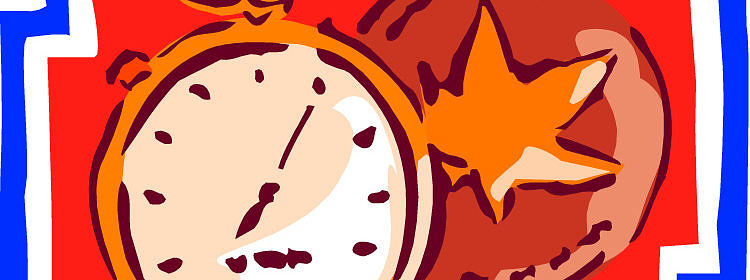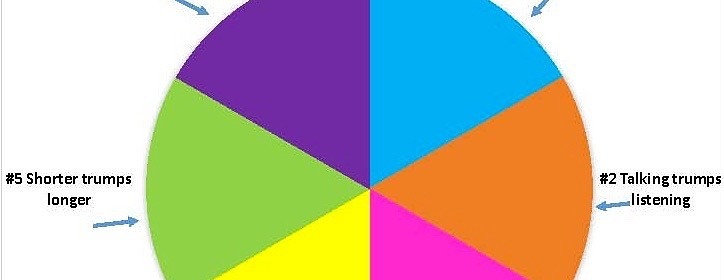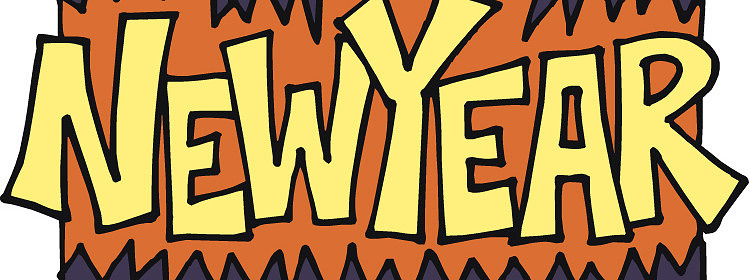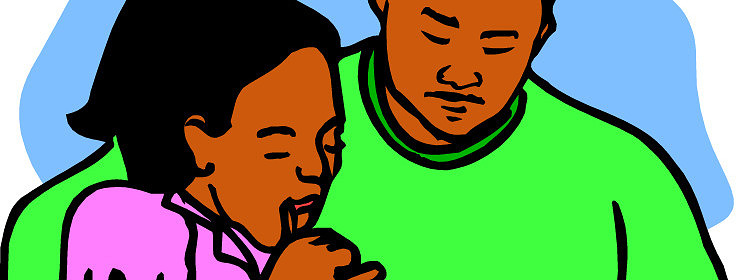Follow-Ups to the Training 2017 Certificate Program, San Diego

To my blog readers: You already know that “Follow-Ups” are optional activities that help participants revisit what they’ve learned from a class or training. So here are the Follow-Ups for the P01 Certificate Program held in San Diego at the Training 2017 Conference & Expo last week. Even if you didn’t attend the conference, you will find the Follow-Ups interesting and informative.
Read more

































